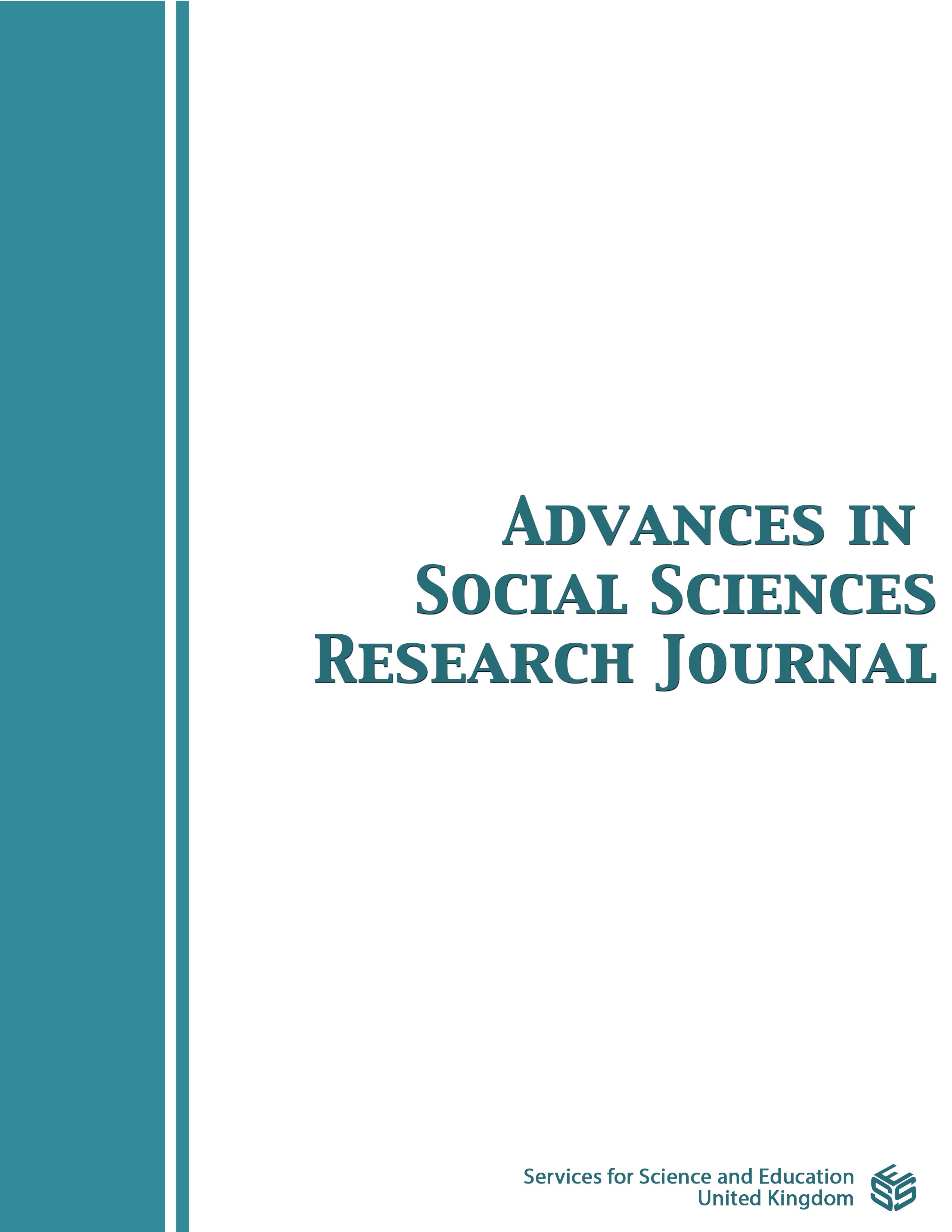Management of Teaching Space and Time: Evidence from Tertiary Institutions in Ghana
DOI:
https://doi.org/10.14738/assrj.118.17426Keywords:
Management, Efficiency, Facilities, Teaching Space, Utilisation RateAbstract
Overcrowding in classrooms is a common issue in tertiary institutions in Ghana. Proper management of teaching space and time is critical for maximising the use of available resources and stressful-free learning environment for students in tertiary institutions. This article aims to provide empirical evidence and practical recommendations for improving the management of teaching space and time in Ghana's tertiary institutions. The study is grounded in utilization theory, and adopted a descriptive survey design. The population for this study consists of 26 general-purpose lecture rooms available at a university in Ghana. Census Sampling was applied to select all the 26 general-purpose lecture rooms. The instruments used for data collection was an observation checklist. Quantitative results from the observation checklist were analysed using teaching space utilization formulas. The study revealed that general-purpose lecture rooms were underutilized in terms of time but were efficiently utilized in terms of space. The study also found that the lecture rooms have high utilization rates on Mondays and low utilization on Fridays. Additionally, morning sessions revealed efficient utilization, while afternoon and evening sessions were underutilized. The study recommends implementation of centralized timetabling and computerization of space allocation. Additionally, the study recommends for provision of a few more large general purpose lecture rooms to accommodate very large class sizes, which can also be partitioned effectively to accommodate small class sizes for efficient utilization of the lecture rooms.
Downloads
Published
How to Cite
Issue
Section
License
Copyright (c) 2024 Samuel Osei, Joseph Dwamena Quansah, Amadu Musah Abudu

This work is licensed under a Creative Commons Attribution 4.0 International License.
Authors wishing to include figures, tables, or text passages that have already been published elsewhere are required to obtain permission from the copyright owner(s) for both the print and online format and to include evidence that such permission has been granted when submitting their papers. Any material received without such evidence will be assumed to originate from the authors.






